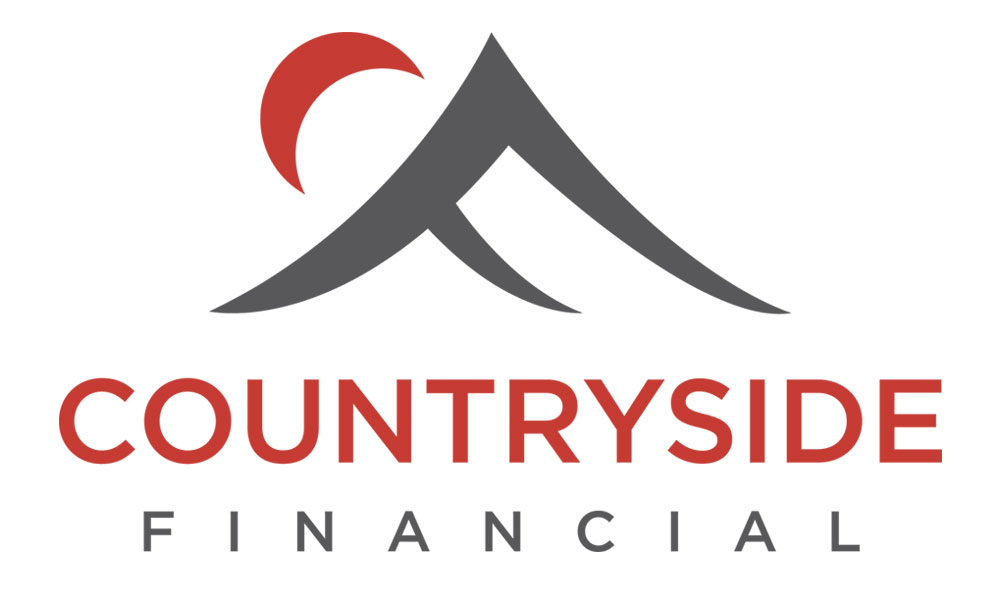Bathtub Economics Explained
The fastest market correction in history, that started in the last week of February 2020 and bottomed in late March 2020, led to the fastest bounce back over a five-week period, since 19871. However, at the time of this writing, the U.S. S&P 500 Index is up a little over 4% above the February 2020 peak level.
Many market observers and commentators attribute this quick market rebound to the amount of money created by Central Banks globally, to support the global economy with cash injections. So, what does Quantitative Easing or money printing really mean? And more importantly, how might this affect the asset allocation strategy for investors in the long term?
First, the US Federal Reserve, arguably the key global Central Bank, from which all other Central Banks take their cues, has created an estimated $5 – $6 Trillion dollars to support the U.S. economy. These cash injections to a variety of industries have amounted to about 30% of total US GDP or economic activity in an economy estimated to be around $22 Trillion dollars in 2019.
The catch is that creating money or credit out of thin air usually has consequences in the medium to long term that can have long lasting economic impacts.
And here we get to a discussion of bathtub economics. Printing money in just the right amounts, not too much and not too little is a delicate balancing act.
Think of the economy as a bathtub. A bathtub has a certain capacity for water (or money). If you create too much water, then there is uncontrolled spillage outside of the bathtub. If there is too little water flowing into the bathtub, then a slow leak will cause the money supply (water) to drop in volume.
Too little money causes credit to contract affecting consumer borrowing ability. Too little cash in the system could cause interest rates to rise quickly.
Since the 2008 credit crisis, there has been a general rise in global debt levels among all types of borrowers – consumers, students, corporations, governments, and the financial industry. In past years, interest rates have risen to reduce demand for additional borrowing. However, in our current world, any substantial rise in interest rates could cause governmental debt servicing costs to rise significantly and possibly even cause some severe financial hardships for some countries.
For the consumer, this also means that excess “free money” in the system will result in rising prices for goods and products. When there is extra money chasing a limited amount of goods, prices tend to rise because of the competition between consumer demand and the available supply of money.
Over the past 10 years, price inflation has been witnessed in the various asset classes that rose dramatically in response to a “bathtub full of money”. Between the 2008 credit crisis and 2016 we had one of the slowest recoveries ever from an economic crisis, assets including, stocks, bonds hit new record levels.
Then there is the effects that negative interest rates have on the economy & investments. The intention is to encourage borrowing and to drive economic growth in a low growth or recessionary environment. Negative interest rates are great for corporate borrowers who can borrow at historically low interest rates but negative interest rates hurt savers who are getting historically low returns.
Which way will Canada go? Will we follow the examples of other European countries? Let me help you navigate the current challenging environment.
Visit myfinancialsolutions.ca, my business website, for additional financial information on insurance, retirement, estate planning, investments and whole host of other financial topics.
Robert Hughes,
P. Eng., CFSB, CFP, CPCA
myfinancialsolutions.ca
1 BusinessInsider.com

























